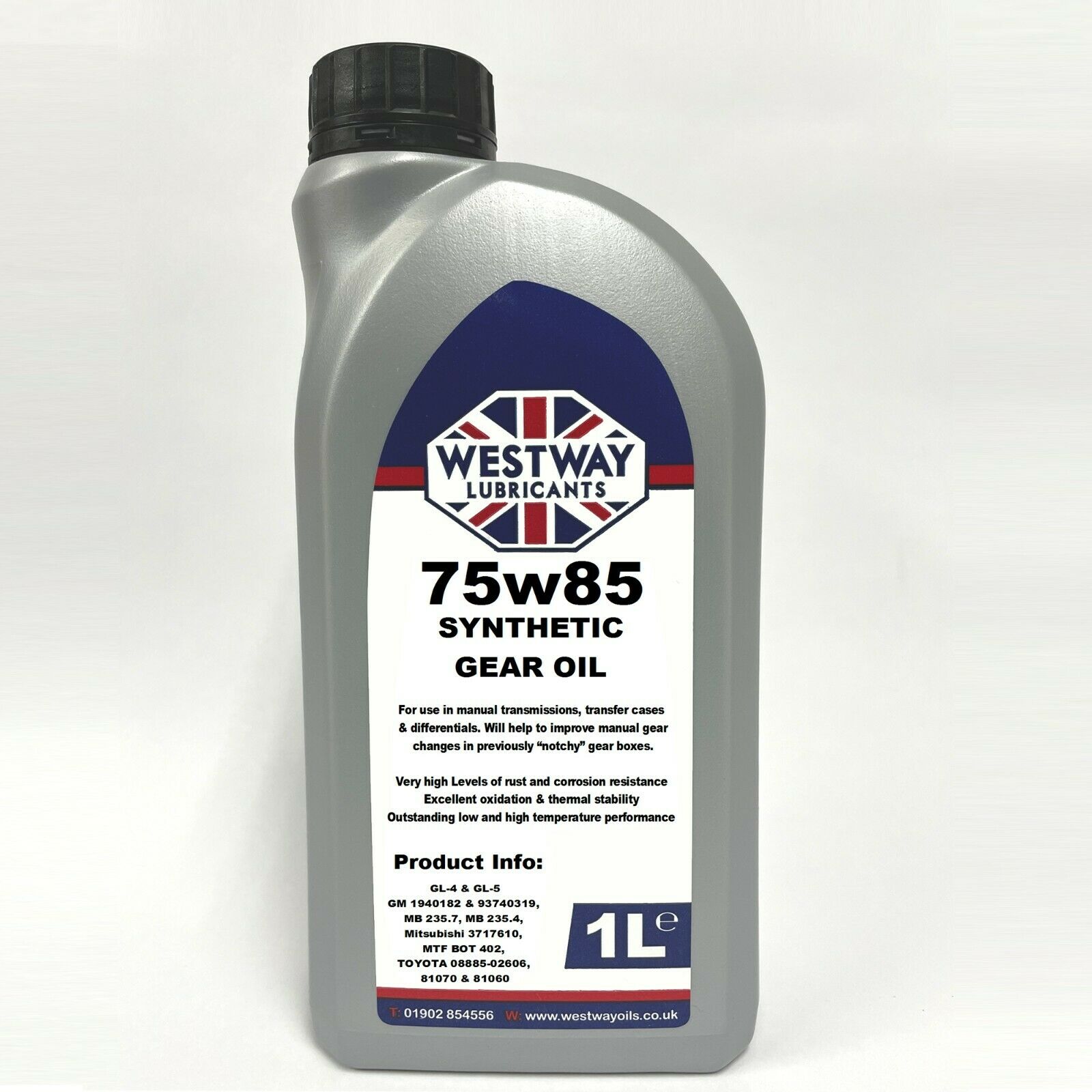The Panda Nut
Nutty about Pandas Infected by Panda virus and OPD
Due to the mooing noises and a thread on here about water getting into the rear diff, along with certain knowldge my diff has been under water at least twice for several minutes, I am going to change the differential oil. Fiat helpfully as usual dont seem to state the capcity needed and at £40 a litre I dont want to over buy. I have seen 2 figures 0.6 and 1.65 litres. I suspect nearer the latter. As iit stands I need to drain it carefully into a jug and measure what comes out and then make a small adjustment to allow for any milage related reduction in volume. Can anyone with the Haynes manual quote a figure from that source as a guide too please? £100 for a few pints of oil seems unfortunate.... THe car is low miles but now 6 years old so its time I think.
- Model
- TA 4x4
- Year
- 2019


